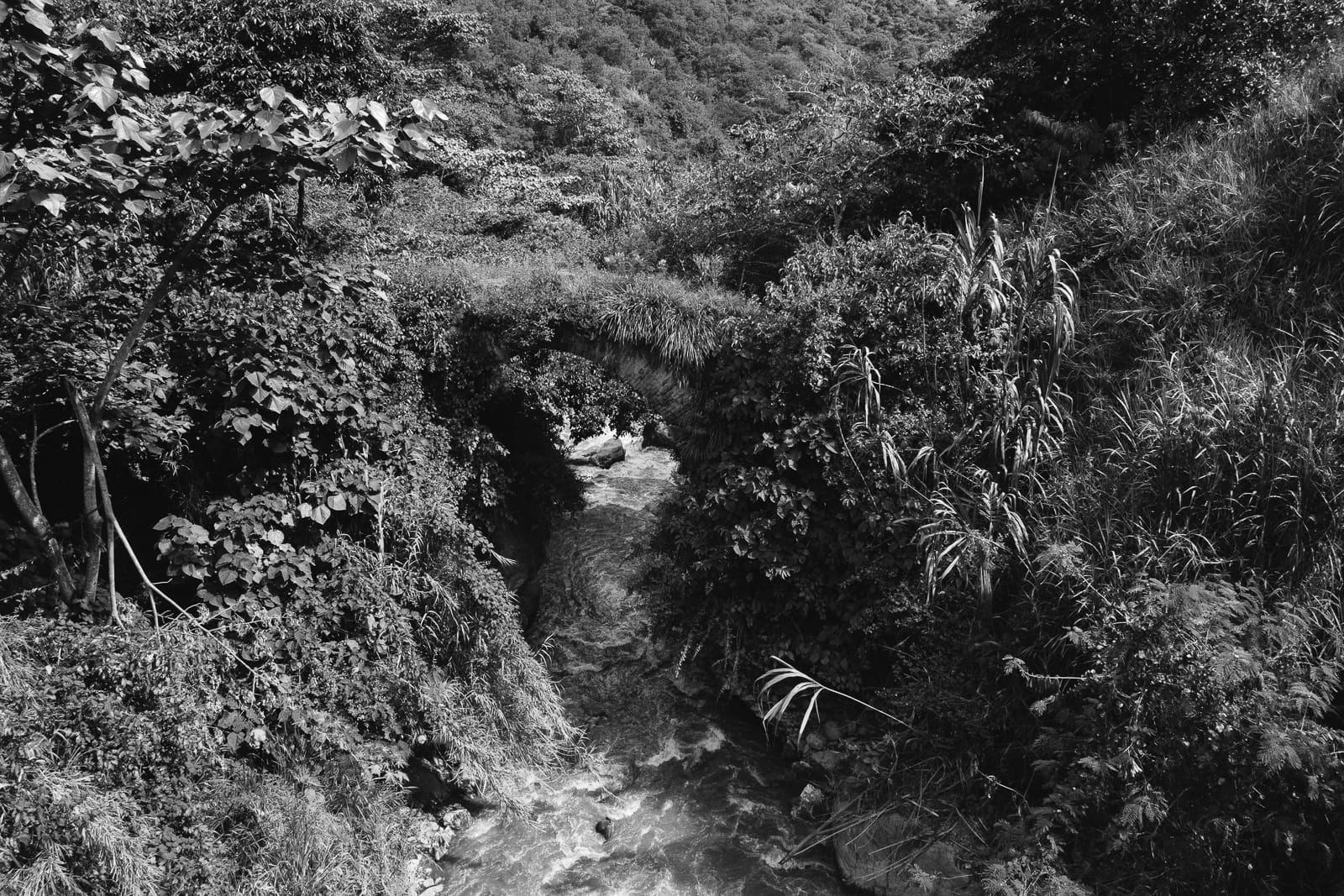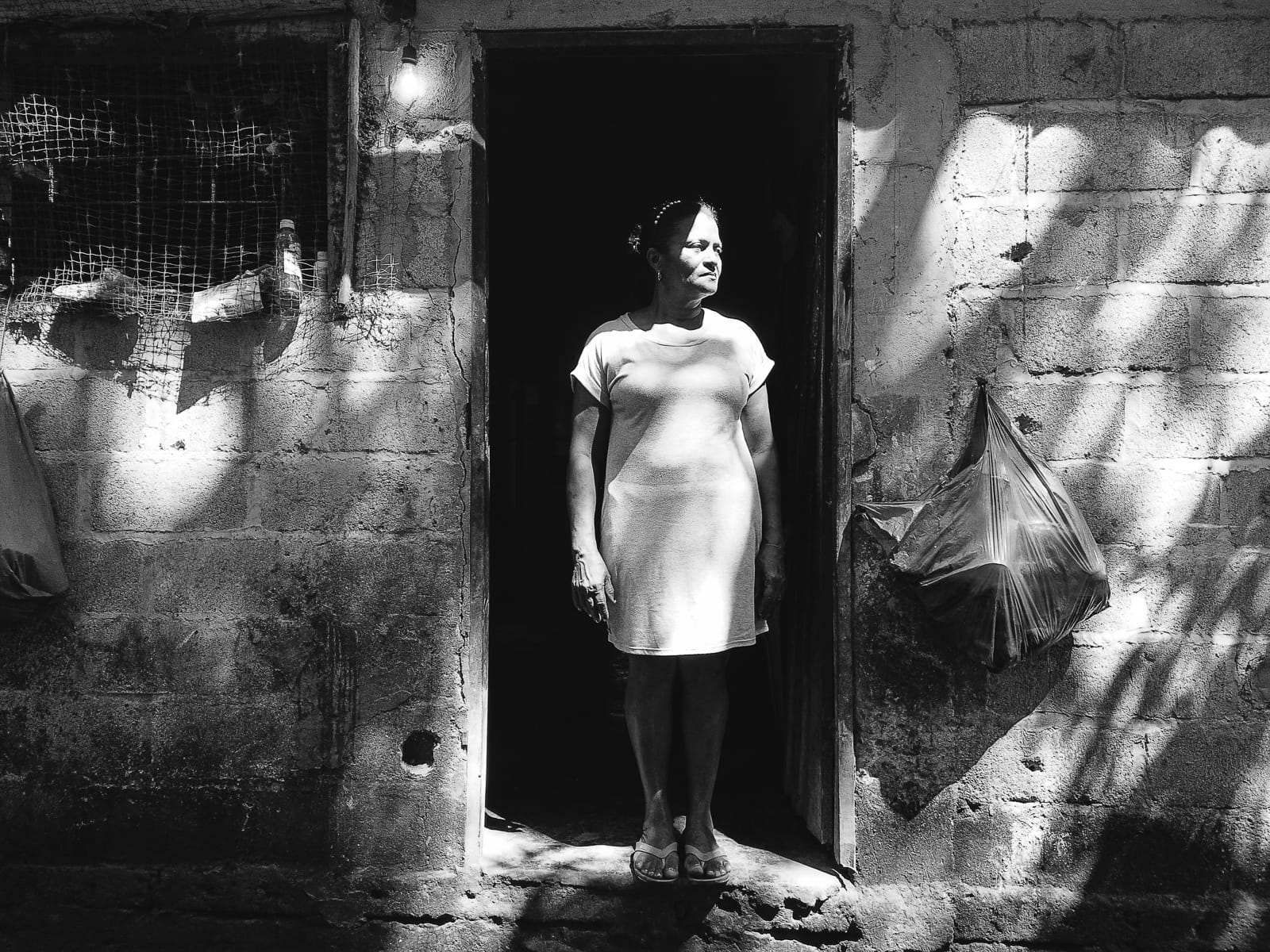
Memory, grief, and Forgiveness: Images as a Symbolic Reparation
Felipe Alarcón is a photographer who has been documenting symbolic reparation processes led by the Centro Nacional de Memoria Histórica (National Center for Historical Memory, CNMH) in Colombia for several years. He has accompanied about eight cases: one of them is that of San José de Albán, a municipality in the south of the country that experienced more than 20 years of violence.
By Marcela Vallejo
One Sunday in 1998, the town of San José de Albán was in the middle of market day. Elizabeth Erazo Bolivar, a teenager in her last years of high school, was walking along with her mother, holding her hand, as she did every week, while they shopped in the central square. Suddenly they heard some rumbling. It was the first time the guerrillas had entered the town center to attack the police station directly. Elizabeth and her mother were very close to the station. Before they could understand what was happening, a grenade exploded over the girl’s head.
The injuries were severe: Elizabeth spent a year in the hospital trying to recover, but in the end, she did not. The event shocked the family. Thirty years later, Elizabeth’s portraits cover the Erazo home’s walls. Their grief is not over. Colombian photographer Felipe Alarcón Correa visited the place as part of the symbolic reparation work being carried out by the CNMH.
At first, the war is always gossip and so it feels far away. But suddenly, it gets closer. First, it affects the neighbors. It was like that in the Nariño municipality of San José de Albán, in southern Colombia. In 1990 the first stories began to be heard from the neighboring city, Tablón de Gómez, on the border with northern Putumayo and southern Cauca. The people spoke of strange and armed people who traveled through the villages and gathered the villagers to announce their arrival.
Shortly after that, these same strangers arrived in Albán. At first, they were seen in the rural areas and then in the urban center. In November 1994, the murder of three people shocked the population. That same year, the first kidnapping of a villager took place. It began a series of violent events that shook the area for 20 years. These events included assassinations, kidnappings, bombings, four guerrilla takeovers, and confrontations between different armed actors, including paramilitaries.
The event that ended Elizabeth’s life was the moment when violence in Albán intensified. According to the CNMH, paramilitary groups, FARC-EP guerrillas, ELN guerrillas, and the National Army were present in Albán. In addition to all the human rights violations, one of the most visible results was the community displacement that began in 1999, when the first guerrilla takeover took place. Another less visible result was the rupture of the ties of union and solidarity among the residents.
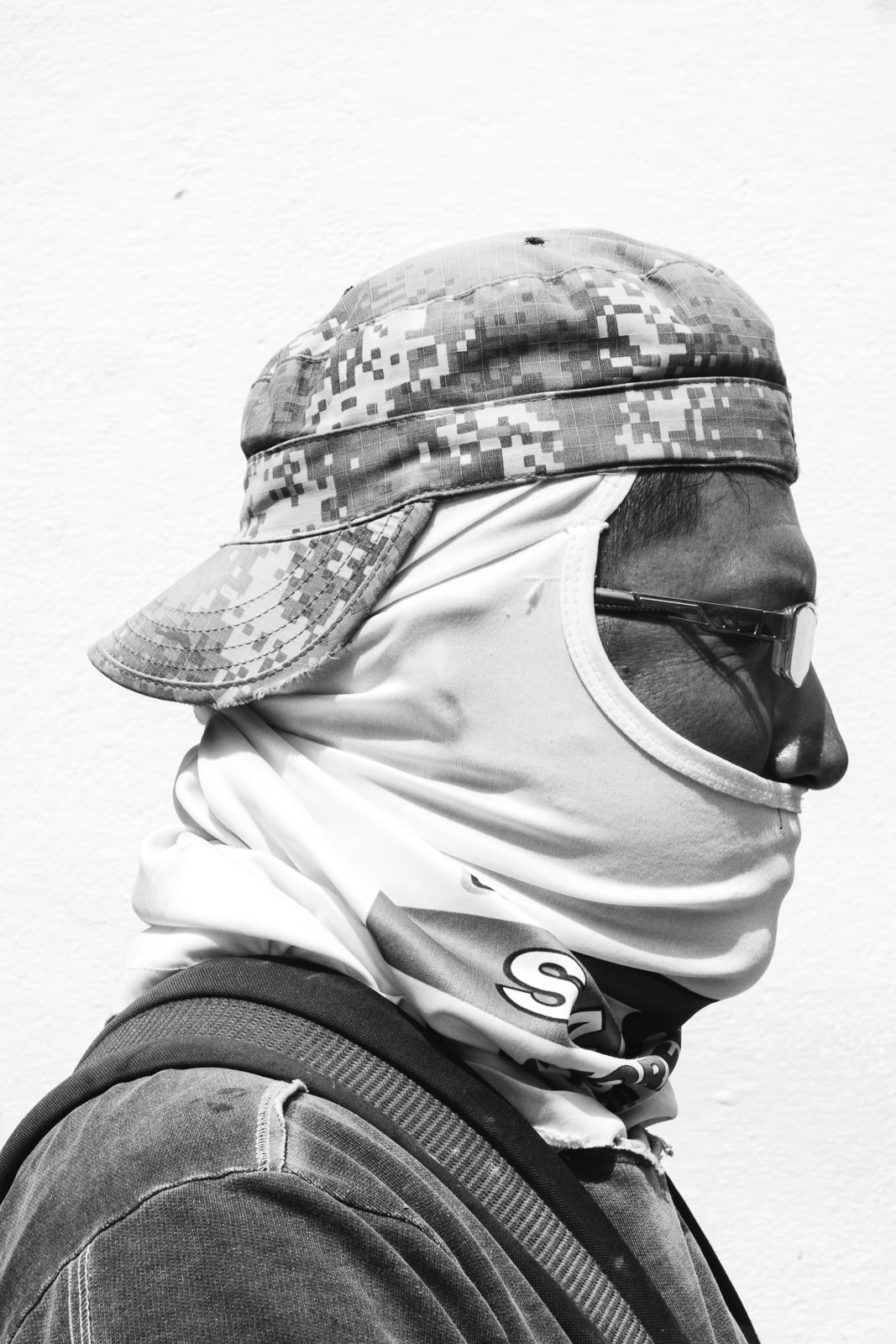
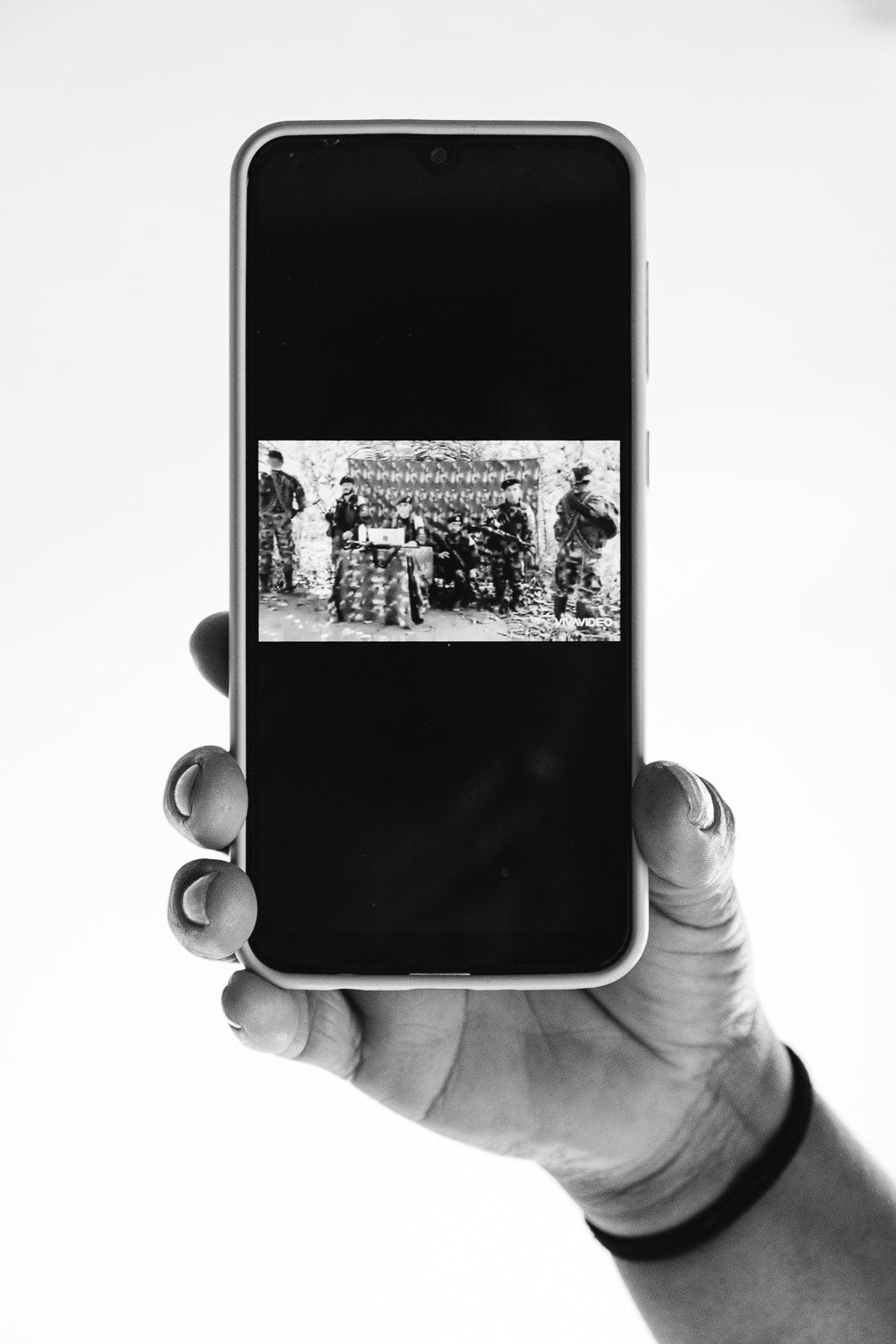
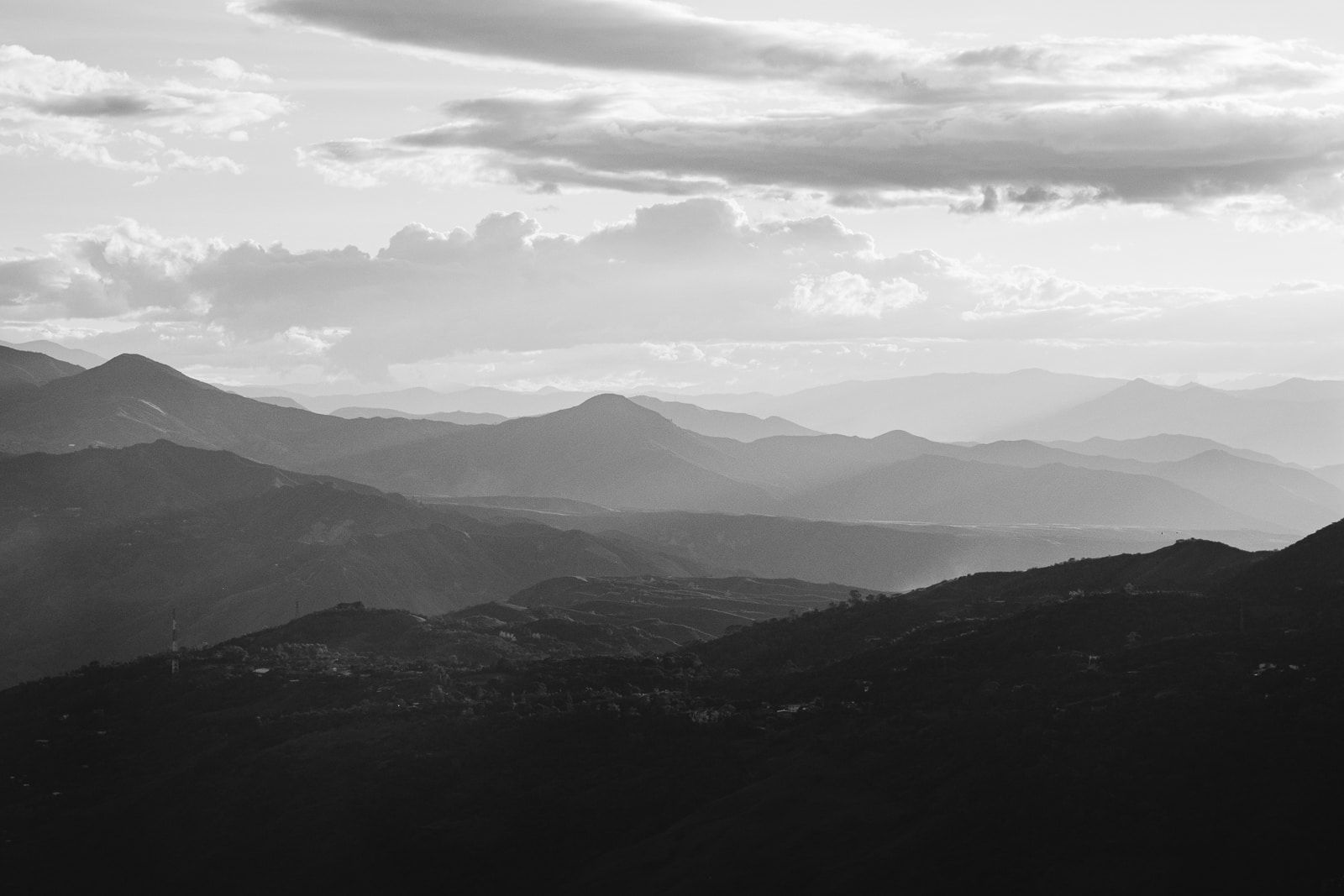
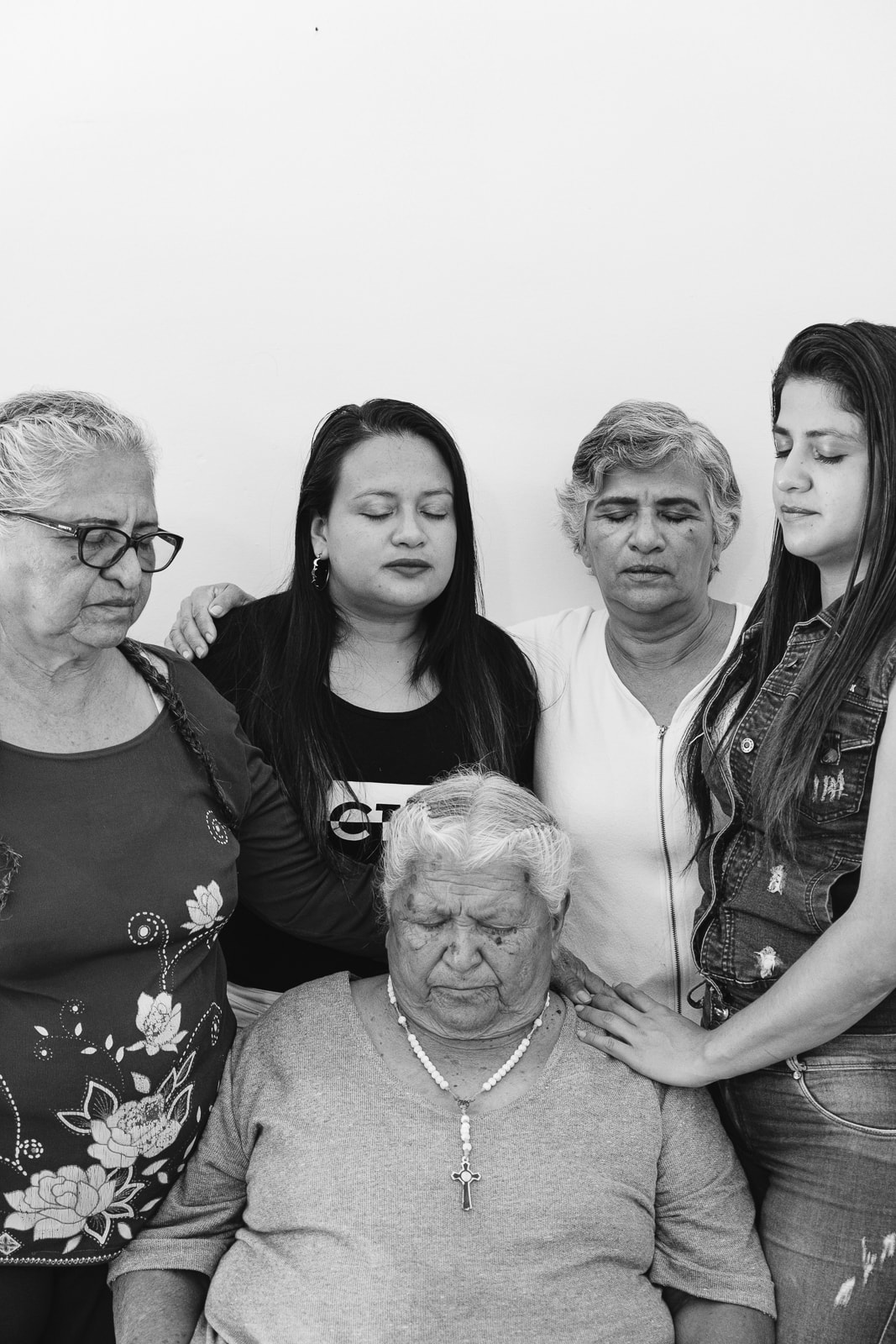
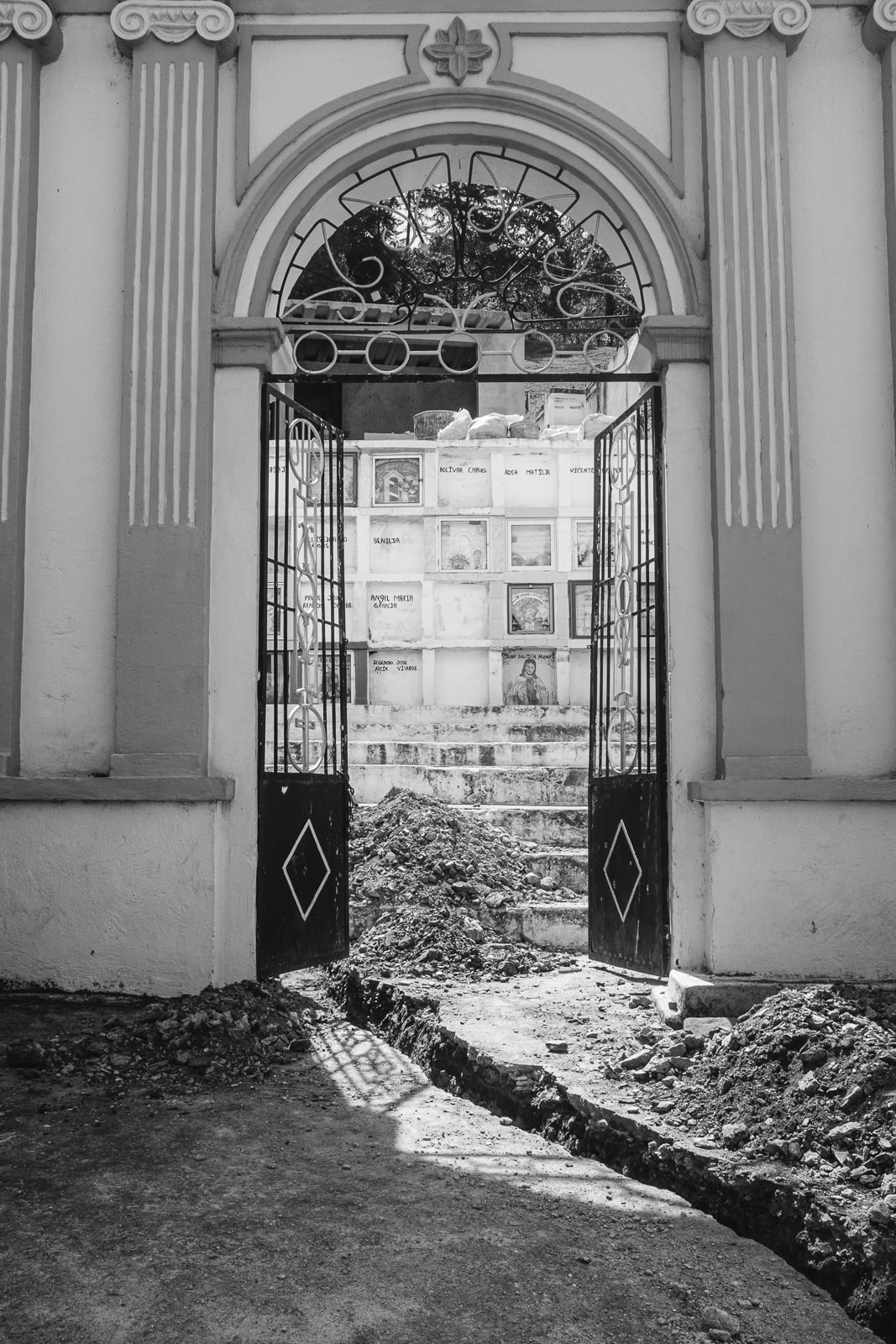
After the signing of the peace agreement with the FARC – and as part of the victim reparation processes that began years ago – the peasant community of Albán was recognized as a subject of collective reparation. According to the Unidad de Victimas (Victims Unit), collective reparation topics include peasants and neighborhood communities, ethnic communities and peoples, organizations, groups, and social movements that existed before the victimizing events. And “that suffered collective damages, that is, transformations to their characteristic elements as a collective due to serious and manifest violations to Human Rights and violations to Collective Rights in the context of the armed conflict.”
This has also happened with other communities in Colombia, and photographers like Felipe have accompanied several processes of symbolic reparation, which are part of the integral reparation. According to Álvaro Patiño, this type of reparations, which are neither economic nor judicial, “seek to subvert the logic of forgetfulness and individuality in which societies in which human rights violations were perpetrated tend to fall into, extending the pain of the victims to the community, through a critical look at the past that transcends the future. Above all, what is sought is, through collective memory processes, to heal wounds and avoid repetitions.
Symbolic reparations are made in direct dialogue with the victims and can result in podcasts, photo books, comics, documentaries, and exhibitions. Felipe has accompanied cases in different parts of the country, such as San Andrés de Pisimbalá in Cauca, Kwe’sx Yu’ Kiwe in the north of Valle del Cauca, San José del Playón and San Basilio de Palenque in Bolívar, Antonia Santos in Cúcuta (Norte de Santander), the case of the leader Yolanda Cerón in Nariño, Eyakera in Darién (Chocó).
Felipe always works hand in hand with other researchers, and the process includes several meetings to build a narrative with the inhabitants of the affected places. Together they decide everything: the axes of the narrative, the categories to be explored in depth, and the final results. From work done in Albán, the book A Journey through our History will be published. Memorias Visuales de la Comunidad de San José de Albán, Nariño, with texts by researchers Jairo Ortegón and María Alejandra Lozano and photos by Felipe.
In addition to working with the Erazo family, Felipe visited the Chapiurco village, where productive projects were developed with the reparation funds. There they have a photographic archive in telescopic viewers for viewing slides. He included many images from that archive and others from family albums.
In Albán is where Felipe has been able to be and share more time with the people. In the town, many people are unwilling to forgive the violent acts committed, especially by the FARC guerrillas. Remembering some of the events is still painful, removing scars that have not yet healed. Despite its rejection, in Albán Petro won the presidential elections, a remarkable triumph in a place with so much rejection towards people who have been part of insurgent forces. Perhaps that has to do with the slow movement toward forgiveness.
For Felipe, Albán is “a peasant town that is slowly recomposing itself from the trauma of the war, where mourning is beginning to be processed, even in the face of new threats and the uncertainty of a conflict that is not yet over.”
